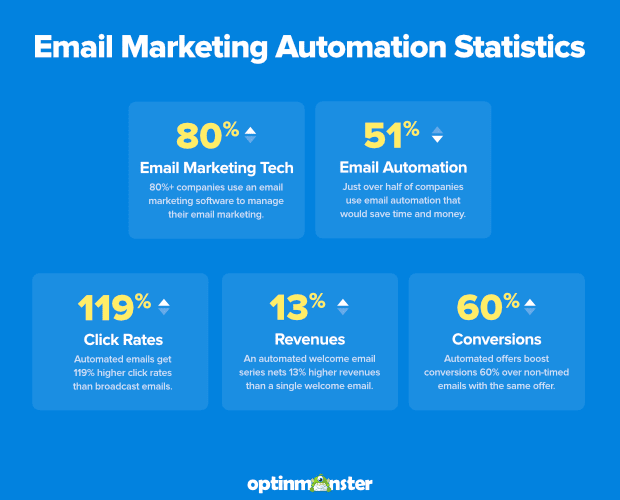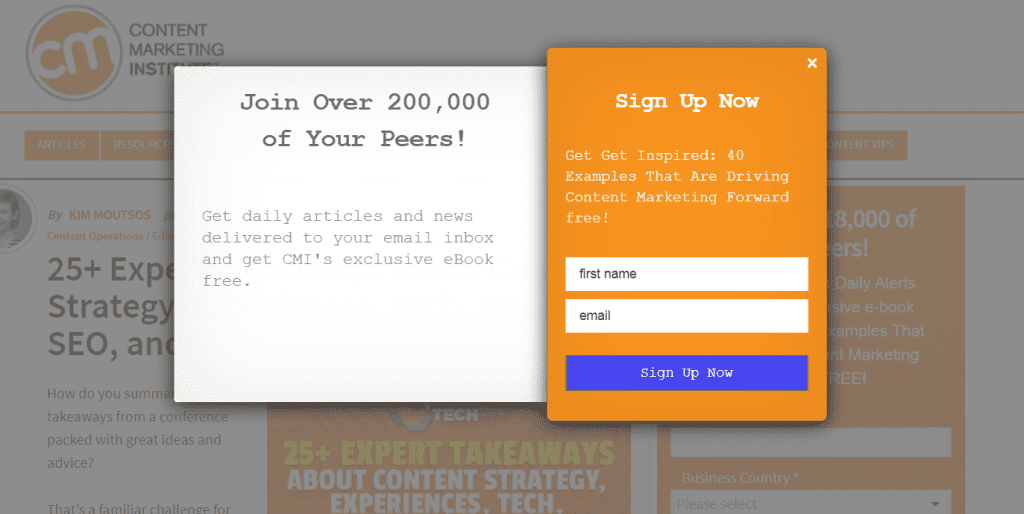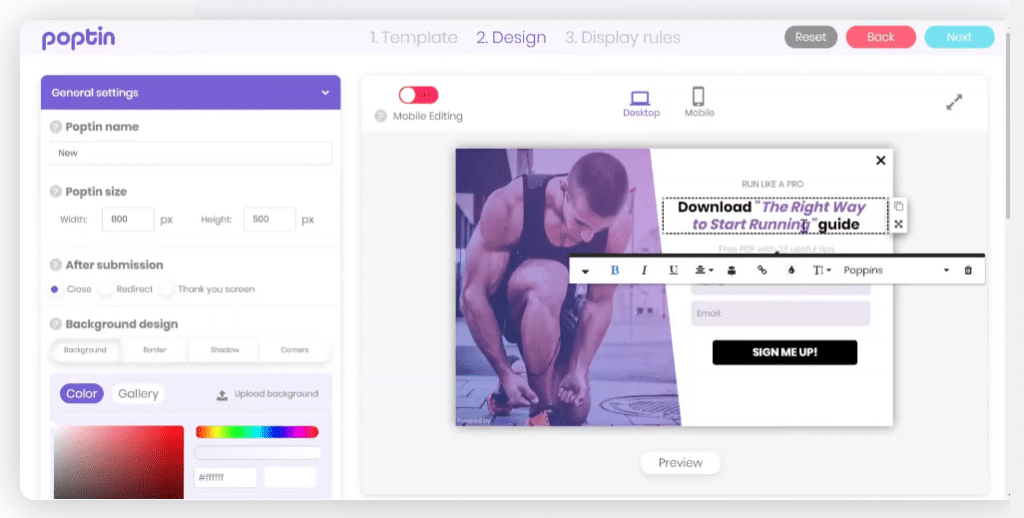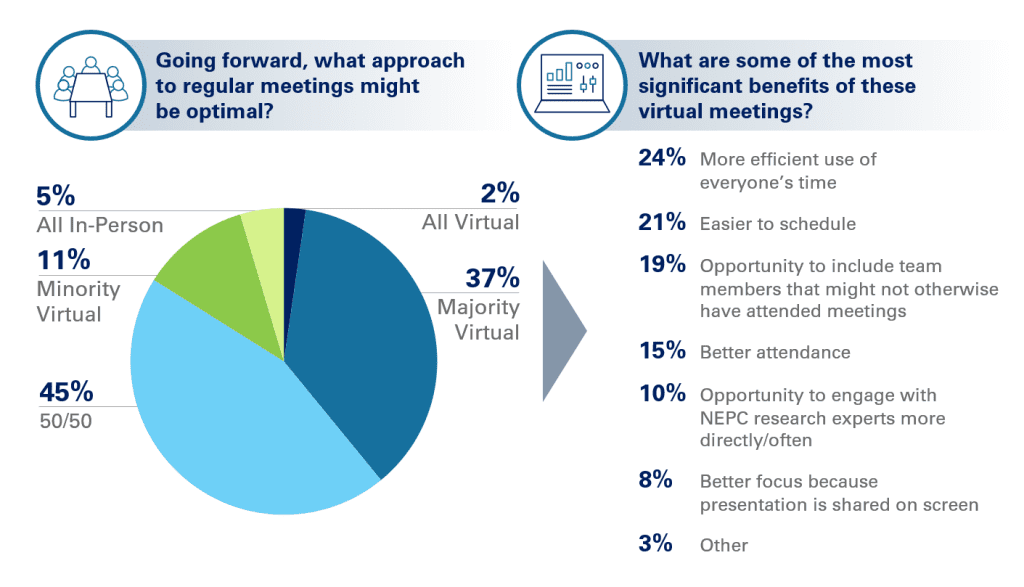How to Automate Your Client Acquisition
- Updated on: August 1, 2024
Welcome to Luxafor, your one-stop shop for conquering the ever-elusive realm of productivity. We understand the constant struggle to streamline your workflow, achieve goals, and tame the growing to-do list. Whether you’re a seasoned professional, a student overwhelmed by deadlines, or simply someone seeking to optimize your daily routine, Luxafor is here to empower you.
In a world full of instant gratification, your customers want quick answers to their queries, especially when they are at the brim of making a decision.
Often customers need to be given details repetitively before they get to the point. Even though customer service reps should retrieve customers’ information from the business system—these manual tasks make it hard for service representatives to offer convenient support and fast service.
Result: Losing clients even before they buy from you.

Another reason for losing customers is because sales teams waste two-thirds of their time in non-revenue-generating tasks like sending emails, data entries, internal meetings, etc. All these activities leave sales reps with merely 33% of the total time for active selling.
Thankfully, using an automated client acquisition funnel is the most effective solution to your problems. It equips marketers and sales reps with tools to automate repetitive tasks, saving their hours for prospecting, building better customer relationships, and nurturing leads.
What is Client Acquisition?
A Client Acquisition System is a structured approach to attracting, converting, and retaining customers. It involves a strategic combination of marketing, sales, and customer service processes to build a sustainable customer base.
Client acquisition is bringing new customers – or persuading prospects to buy your products or services. It includes a process to push consumers down the sales funnel, starting from brand awareness to final purchase.
There are several stages to the customer acquisition funnel—awareness, interest, decision, and action. Each stage incorporates several tasks carrying your most qualified leads to the next stage of the funnel.

Here are a few advantages of an automated client acquisition funnel:
- Spend minimal time on routine tasks
- Reduce labor costs
- Solid customer data
- Maximize leads, conversions, and ROI
- More time to focus on revenue-generating activities

In this article, we will give you the exact steps to build an automated, innovative client acquisition funnel to keep the leads flowing.
Funnel Stage 1: Awareness
Leads begin their journey at the awareness stage of the funnel. Here your objective is to understand the pain points of your prospects and communicate your solution.
1. Customer education
Customer education is a way of making the customer aware of their problems, solutions you are offering, and how you fit into each other’s journey. This upgrades the consumer’s knowledge, skills, and abilities to make informed buying decisions.

Why?
Each product or service has its learning curve:
- By educating your customers, they’ll understand how to use various features.
- With various tips, tricks, and best practices, they will find new and efficient ways to use your product.
- Over time, they will imagine themselves with your product, buy it, and build a habit around it.
Now, think about doing this through an online training experience.
Enter webinars.
A webinar is one of the most helpful teaching tools in the e-learning world. It allows you to explain your products and services to your audience in a better and personal manner. You can share videos or demonstrate your product while answering the questions. Webinars will not only engage attendees but leave them with ideas to consider later during the buying stage.

However, hosting live webinars is not easy.
You may experience a poor internet connection, auto-leave the meeting without any notification, or fail to click the record button.
The simple solution to all these problems is investing in webinar tools. It will automate everything from recording webinars to following up with leads.
2. Schedule social media content
70% of the global population uses social networking sites, spending an average of two-and-a-half hours on social channels each day.
Social media never rests—but you do. So waking up at midnight to post is not a feasible option. There are various social media scheduling tools available to put posting on auto-pilot and let tools publish your work on social media while you create more and better content.
Social media scheduling is the process of scheduling posts to be published at a particular time or date on your social media accounts. You can schedule posts for a day or even a month—it’s a fool-proof way to plan and keep everything organized in one place.
Social media scheduling tools like Planable allow you to schedule your Instagram posts or story and collaborate with the team for feedback or approvals through a single dashboard. They also make it easy to post photo dumps through their platform since you can upload and schedule multiple images on Instagram.

3. Auto-boost your social engagement
Once you schedule social media posts, you would like to engage with your targeted audience and grow your followers.
But you don’t have to spend all day on social media to like your prospects’ posts.
There’s a better solution—using social media automation tools to automate engagement, save time, and minimize your workflow.
For instance, an Instagram automation tool like Kicksta helps you auto-reach your audience. You give Kicksta a list of Instagram accounts you want to interact with, and it will engage with them on your behalf—around 30,000 photos per month.
This will boost your visibility in front of your target audience, attracting more eyes to your profile and eventually leading to increased follower count.

4. Email outreach campaign
Email marketing is still the champion of the marketing world, but it’s evolving.
While newsletters still hold a special place in the email marketing strategy, the biggest of businesses are setting up their email campaigns on automation to move users down the funnel.
Why?
Because automation can help make your emails personalized for different segments of your audience, even if you’re sending them to a large contact list. As a result of these targeted emails, prospects open emails more frequently and convert better.

Here’s how you can plan your automated email outreach campaigns:
1. Lead list building
A lead is an ineligible contact because it’s not certain if the lead will become your customer or not. However, creating a lead list is important because it allows you to build interest around your product and service and successfully convert them.
You can find email addresses of potential leads if you know your target audience. Let’s say you want to contact companies with 25-100 employees. You’ll have to check out each company’s employee size, collect their contact details, and verify the same—but it’s a tedious process.
Using tools like LeadFuze, you can reduce the process of finding and validating contact details to a single step. The tool will automatically pick verified lead contacts according to your specified criteria speeding up your work.

2. Prospect list building
A prospect is a potential customer interested in your product or service offering. These are qualified and interested audiences having a definite possibility of purchasing your product.
Of course, you have a lead list to outreach. But you also need a list of prospects to send personalized emails or offers to influence their decision making further.
The best way to build your prospect list is by using a pop-up form.
A pop-up form is a small window that pops up on your website asking visitors for their contact information, mostly email address and name.

With a tool like Poptin, you can design an on-brand pop-up for your website. Once you set up your pop-up form, you get the data for a specified timespan of visitors, views, and conversion rates to run targeted campaigns and nurture them.

3. Email sequencing
Once you acquire an extensive list of leads and prospects, the next step is to do outreach via emails.
Here’s the deal: you can’t send targeted emails to each prospect at peak times to drive action.
But you can set email sequences on automation. For example, say you’ve got an email sequence set up for new subscribers. First, the automation system sends them an email with thanks and a freebie. If the subscriber doesn’t respond, two days later, they receive a follow-up email asking how the freebie was.

You can put the entire email sequence on autopilot with a tool like Mailshake.
And you can take your email sequence to the next level and optimize it for faster responses by using hyper-personalization in images.
Hyperise allows you to add personalized images to your emails, delivering a unique, individualized experience. You can integrate Hyperise with any of your sales automation tools.

5. LinkedIn outreach campaign
LinkedIn connects 610+ million professionals worldwide and is accountable for 80% of B2B leads. No wonder businesses are trying to grab a more significant piece of the pie.
However, prospecting on LinkedIn demands hours of labor to find, contact, and stay updated with prospects, customers, and referrals.
Fortunately, LinkedIn Sales Navigator simplifies the entire process.
It’s a subscription-based offering by LinkedIn providing plenty of tools and features to zoom in on your target audience:
✔ Unlimited searches
✔ Filters to narrow down your search and locate your ideal customer profile
✔ Identify leads
✔ Build the list of potential customers
✔ Receive alerts on prospects’ LinkedIn activities
✔ Introduce yourself to prospects via shared connections

When you finish building an ideal prospect list, you can start connecting with them directly on LinkedIn. Or better, put your LinkedIn connection request and messaging on automation.
You can use LinkedIn automation tools like Expandi along with your Sales Navigator. Import your list to Expandi, and the tool will send requests to your connections accompanied by a personalized template similar to this:

Funnel Stage 2: Interest
In the consideration stage, your prospects are aware of your solutions but want a strong reason to choose you over others. Here it’s essential to show what differentiates you from the competitors.
1. Auto-deliver lead magnets
Lead magnets are free pieces of valuable content businesses offer website visitors in exchange for their contact information. You can deliver lead magnets through email once you acquire the email address. From there, focus on nurturing those leads to turn them into loyal customers.
There are many email marketing tools to auto-deliver lead magnets.
With the help of tools, it takes three steps to build a lead magnet automation:
- Set up a landing page with your tool, explain your lead magnet, and ask for email addresses.
- Create an automation email delivering your lead magnets to subscribers.
- Put the link to the landing page on your website, social media, or anywhere you like.

2. Retargeting
According to “The Marketing Rule of 7”, your prospects need to see or hear your messages seven times before they purchase your product or service.
With a plethora of choices, customers are pickier than ever. Once they leave your website, there’s a better chance they will try to find better and cheaper alternatives.
The only solution is to keep reminding your prospects of your products or services even after they leave—retargeting campaigns do the job for you.
When users visit specific pages, the campaign allows you to retarget visitors by showing them relevant visual or text ads when they scroll through other websites.

Retargeting generates familiarity to build trust and recall value. Customers start seeing you as a brand they already know and are more likely to convert.
An automated ad generating platform, like Criteo, can help you retarget visitors with personalized and engaging video ads leading to higher engagement and conversions.
Keep A/B testing your campaigns to evaluate what works and eliminate what doesn’t to optimize conversions.
Funnel Stage 3: Decision
In the decision phase, prospects have all the details they need to make a purchase. However, they are still weighing the facts. Here you offer discounts, warranty, and excellent service to turn leads into customers.
1. Sending proposals
In this stage, the prospect is finally ready to make a decision. You are so close to converting them, but they might need a little extra push.
This is where you prepare a business proposal to bridge the gap between your brand and potential clients.
A business proposal is a document crafted by the organization to highlight how the product or service will help the customer. A solid business proposal outlines your worth and encourages potential customers to close the deal with you.
Here’s a quick list of essentials a proposal should include:
- A buyer persona
- Customer’s needs, pain points, and solutions
- Your objective(s)
- Scope of work
- Cost figures and timelines
There are a plethora of tools available to assist in your proposal creation process. For example, with Better Proposals, you can create, design, send, and organize all of your proposals in one place.

2. Schedule meetings
Client meetings offer a tremendous opportunity to build a lasting relationship, establish a complete understanding of how things work, and suggest the best way to interact in the future.
As the pandemic changed the way we connect with others, many organizations moved to virtual meetings to capture serious prospects.

But you don’t have to jump back-and-forth while scheduling virtual meetings. Try out a tool like OnceHub to let prospects schedule appointments with your organization directly through your website or email them personalized scheduling invitations.
Several video presentation software allow you to create videos and run them during your virtual meetings to engage better.
You can also use an online note-taking app to create notes in real-time and share them afterward with external meeting participants.

3. Customer service
Imagine waiting for hours, on an unending queue or dialing 1,2,3, before you finally speak to a customer care executive?
Customers expect an immediate response. Assuming the business receives 50 questions each minute, customer service reps can’t respond quickly to everyone unless there is an answering machine like chatbots—Artificial Intelligence (AI) software used on websites or messaging platforms to chat with customers online in real-time.
By installing a chatbot to your website, you can easily solve your visitors’ doubts, and that too with a fast response time.

Funnel stage 4: Action
In the action stage, your clients get converted, and with a few simple steps, you’re ready to begin working with them. Here you build strong relationships with customers to enhance retention.
1. Payment
Once your prospect crosses the decision stage, it’s time to take some action and close the deal with the payment process.
How about automating this process too?
After all, you can’t spend all the saved time undergoing heaps of bills, stuffing envelopes, and submitting checks.
Auto collecting payment tools take care of it all. It’s as simple as choosing the tool and setting it up for collecting payment.
Just make sure your software takes care of automatic payment collection along with invoicing and email notifications.
2. CRM and data management
Closing deals is not the end of your customer journey—it’s just the beginning.
Once the user purchases the product, you have to start strengthening relationships to turn one-time customers into long-term ones.
Therefore, it’s essential to look after current customers with an established system like Customer Relationship Management (CRM) software.
CRM systems manage all relevant customer data to increase the sales team’s effectiveness and build strong customer relationships.

The biggest strength of CRM is to help you gather, process, and evaluate data coming from numerous communication channels and maintain them all in one place.
Final thoughts
Creating an automated client acquisition process involves having a robust inbound marketing strategy coupled with tools incorporating email marketing, retargeting ads, live chat, and plenty of A/B testing.
Once you understand how it works together, it’ll be a lot easier to move prospects along your sales cycle. Use this article to make your client acquisition process smoother, so you can automate repetitive tasks and focus on more revenue-generating and high-impact activities.
Do you want to build and maintain new habits? Get your free PDF version of the Don't Break The Chain calendar and start today!
Do you want to build and maintain new habits? Get your free PDF version of the Don't Break The Chain calendar and start today!
Author's Bio
Eduard Klein is an International Digital Growth Marketer, Blogger, and Entrepreneur with a global mindset. He guides people through the process of starting and growing a digital business, and to ride the wave of digital technology and marketing without getting swept away.


